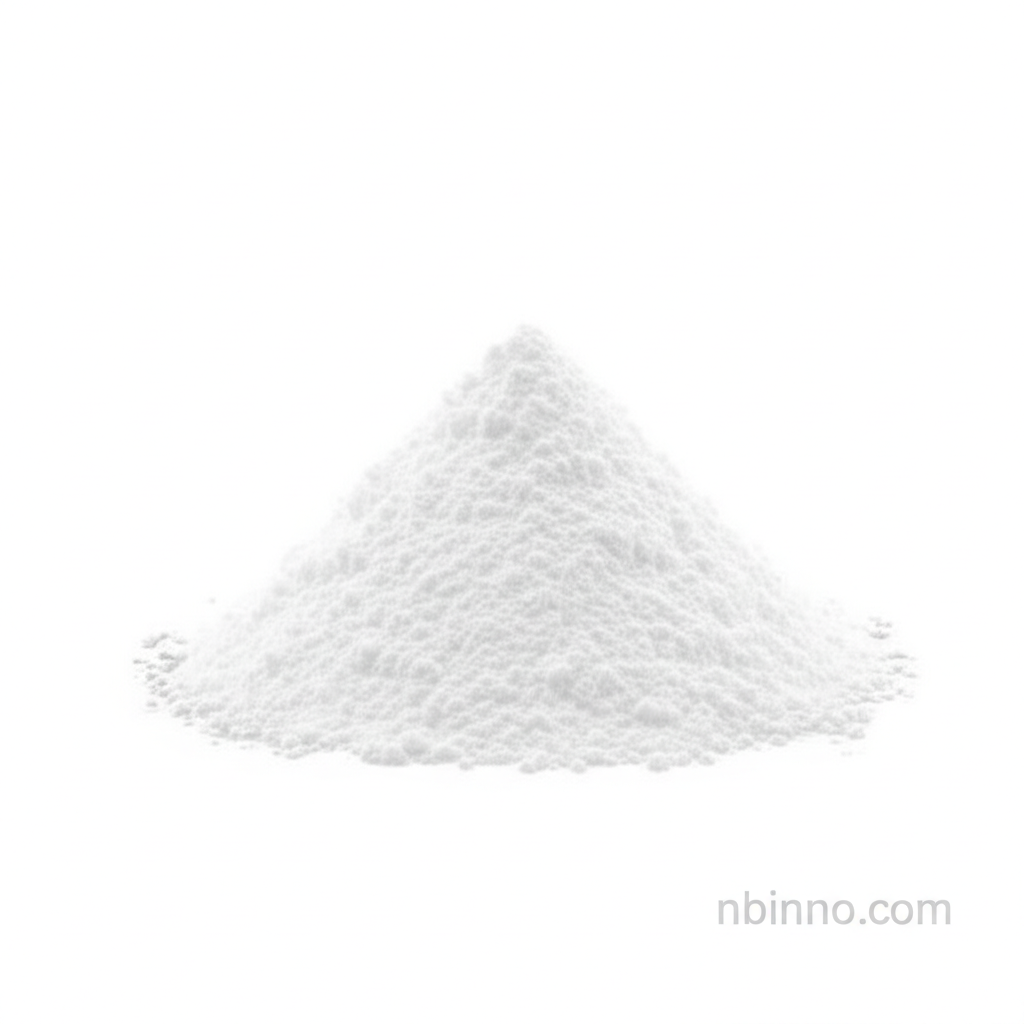Understanding Fluorouracil (5-FU): A Comprehensive Guide
Explore the advanced applications and detailed mechanisms of Fluorouracil in modern cancer therapy and beyond.
Get a Quote & SampleProduct Core Value

Fluorouracil
Fluorouracil (5-FU) is a critical antimetabolite chemotherapy drug that plays a vital role in treating a wide range of cancers by disrupting DNA and RNA synthesis, thereby inhibiting cancer cell growth and proliferation. Its applications extend from systemic treatments for gastrointestinal, breast, and cervical cancers to topical treatments for specific skin conditions.
- Mechanism of Action: Learn about the intricate 5-fluorouracil mechanism of action, where it mimics natural pyrimidines to interfere with nucleic acid synthesis, crucial for cancer treatment drugs.
- Therapeutic Applications: Discover the diverse fluorouracil treatment protocols used for various malignancies, highlighting its efficacy as an antineoplastic agent.
- Patient Considerations: Understand the importance of managing 5-FU chemotherapy side effects and the implications of DPD deficiency and fluorouracil interactions for patient safety.
- Topical Use: Explore its specific applications in dermatological treatments for precancerous skin lesions and certain skin cancers.
Key Advantages
Broad-Spectrum Efficacy
As one of the most commonly used cancer treatment drugs globally, Fluorouracil exhibits efficacy across a wide array of solid tumors, making it a cornerstone in many treatment regimens.
Dual Application Methods
The versatility of 5-FU allows for both intravenous administration for systemic cancer treatment and topical application for localized skin conditions, offering flexible therapeutic options.
Established Clinical Utility
With decades of clinical use, Fluorouracil has a well-documented profile, allowing healthcare professionals to effectively manage its administration and potential adverse events as part of oncology drug side effects management.
Key Applications
Oncology Treatment
Utilized extensively in chemotherapy regimens for gastrointestinal, breast, cervical, pancreatic, and other cancers, leveraging its antineoplastic agent properties.
Dermatological Treatments
Applied topically to manage actinic keratoses, basal cell carcinoma, and other skin precancerous conditions, demonstrating its versatility beyond systemic therapy.
Pharmacological Research
Serves as a critical compound in research exploring new cancer treatment protocols and understanding the nuances of drug resistance and combination therapies.
Patient Safety Management
Requires careful consideration of DPD deficiency and fluorouracil interactions, emphasizing the importance of genetic screening and personalized medicine in its application.
